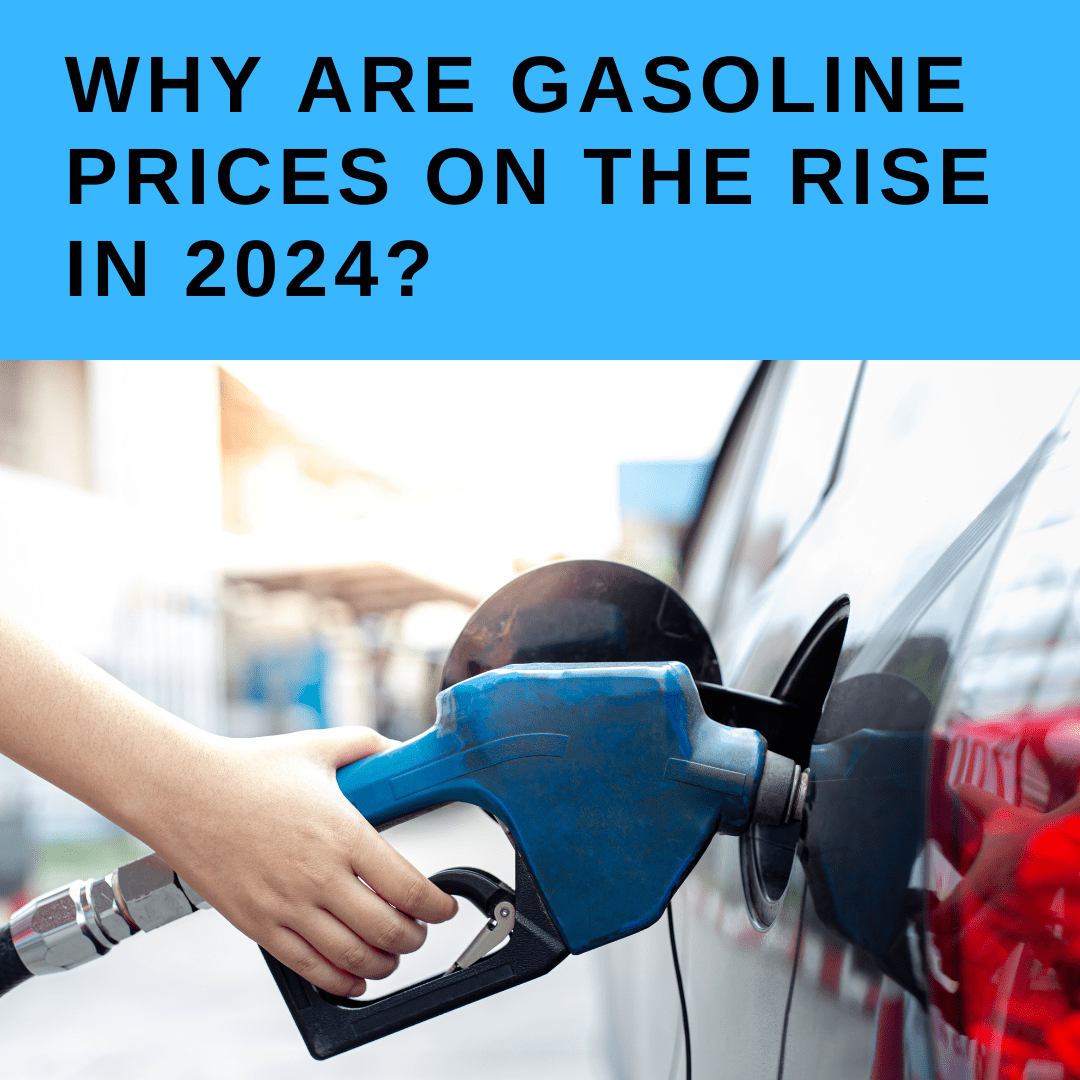As we navigate through the economic landscape of 2024, one prominent concern continues to dominate headlines and affect consumers worldwide: the soaring prices of fuel. From the pumps of local gas stations to the intricate logistics networks of global supply chains, the ripple effects of these rising costs are felt far and wide. But what exactly is driving this upward trajectory, and what implications does it hold for businesses and individuals alike? Why are Gasoline Prices on the Rise in 2024?
1. Geopolitical Tensions:

Geopolitical factors play a significant role in shaping the price of fuel. In 2024, escalating tensions between major oil-producing nations have disrupted the supply chain, leading to uncertainty and volatility in the market. Conflicts in regions rich in oil reserves, coupled with geopolitical rivalries and sanctions, have constrained the flow of crude oil, driving prices upward.
2. Supply Chain Disruptions:
The reverberations of the COVID-19 pandemic continue to be felt across the globe, with supply chain disruptions presenting a formidable challenge to various industries. In the energy sector, logistical hurdles, labor shortages, and supply chain bottlenecks have impeded the smooth flow of oil and gas, exacerbating the pressure on prices. Moreover, the transition towards renewable energy sources has introduced complexities in the energy supply chain, further amplifying supply constraints.
3. Environmental Regulations:
In response to growing environmental concerns, governments worldwide have implemented stringent regulations aimed at reducing carbon emissions and promoting sustainability. While these measures are crucial for mitigating climate change, they also entail significant costs for energy producers. Compliance with environmental standards necessitates investments in cleaner technologies and infrastructure, which in turn can contribute to higher fuel prices.
4. Economic Recovery and Demand:
The resurgence of economic activity following the downturn induced by the pandemic has led to a surge in demand for fuel. As industries ramp up production and consumers resume travel and commuting, the need for energy has escalated. This heightened demand, coupled with supply constraints, has created a supply-demand imbalance, driving prices upward.
5. Speculative Trading:
Financial markets play a pivotal role in determining fuel prices, with speculative trading often amplifying price fluctuations. Investor sentiment, market speculation, and geopolitical uncertainties can exacerbate volatility in energy markets, leading to abrupt price movements.
Implications for Businesses and Consumers:
The ramifications of rising fuel prices are manifold and extend beyond the confines of the energy sector. For businesses, especially those reliant on transportation and logistics, increased fuel costs translate into higher operating expenses. This, in turn, may necessitate price adjustments, supply chain optimizations, or alternative strategies to mitigate the impact on profitability.
Similarly, consumers face the brunt of escalating fuel prices through higher costs of transportation, goods, and services. The ripple effects permeate various facets of daily life, affecting household budgets and purchasing power. Moreover, vulnerable populations, such as low-income households, may disproportionately bear the burden of these price hikes, exacerbating socioeconomic disparities.
Conclusion:
The surge in fuel prices in 2024 reflects a confluence of geopolitical, economic, and environmental factors that have reshaped the energy landscape. While the precise trajectory of fuel prices remains uncertain, proactive measures to enhance energy efficiency, diversify energy sources, and promote sustainable practices are imperative. By fostering resilience and adaptability, businesses and policymakers can navigate the challenges posed by volatile fuel prices and chart a course towards a more sustainable and equitable future.
Learn more about accounts receivable factoring
